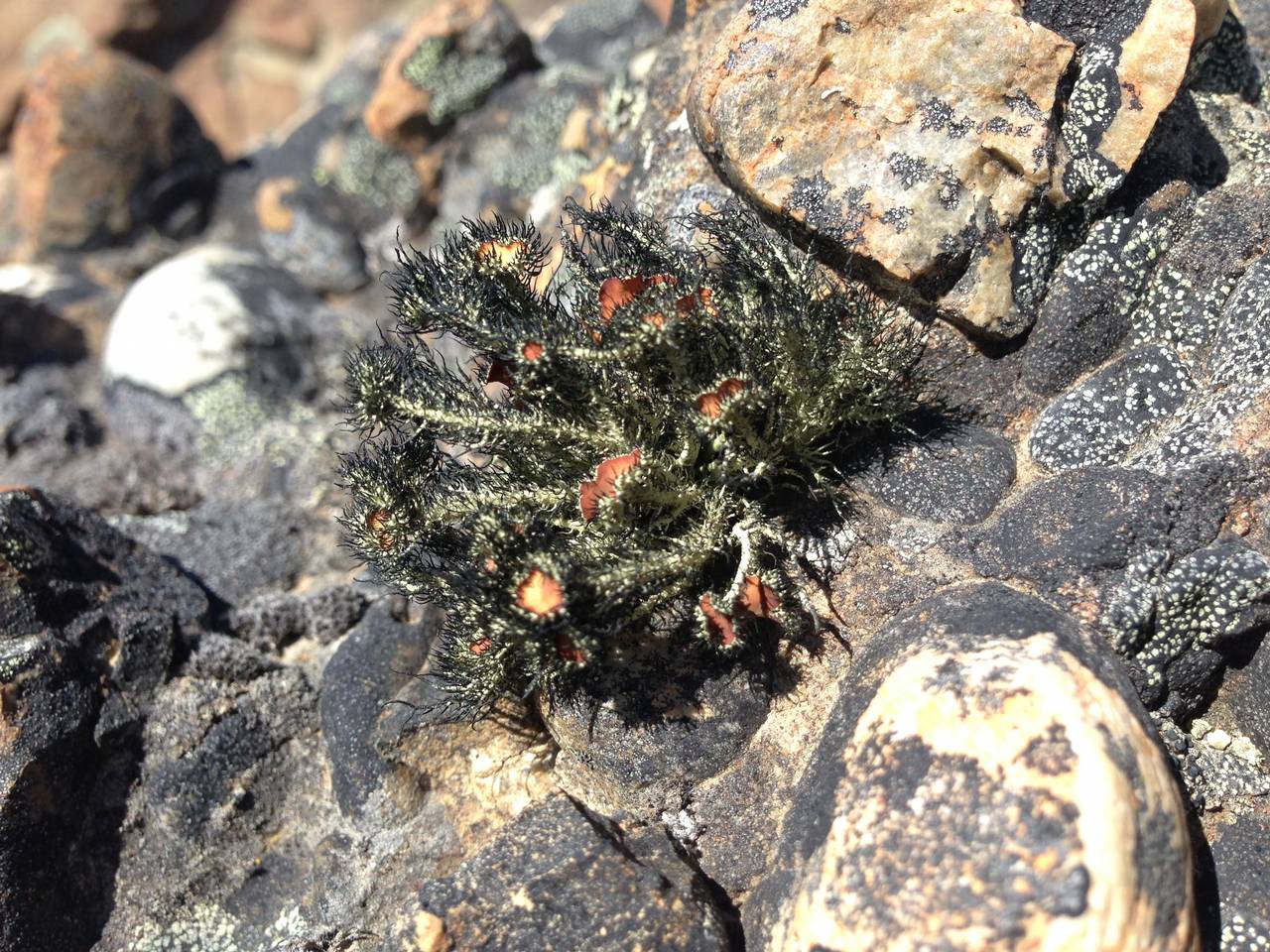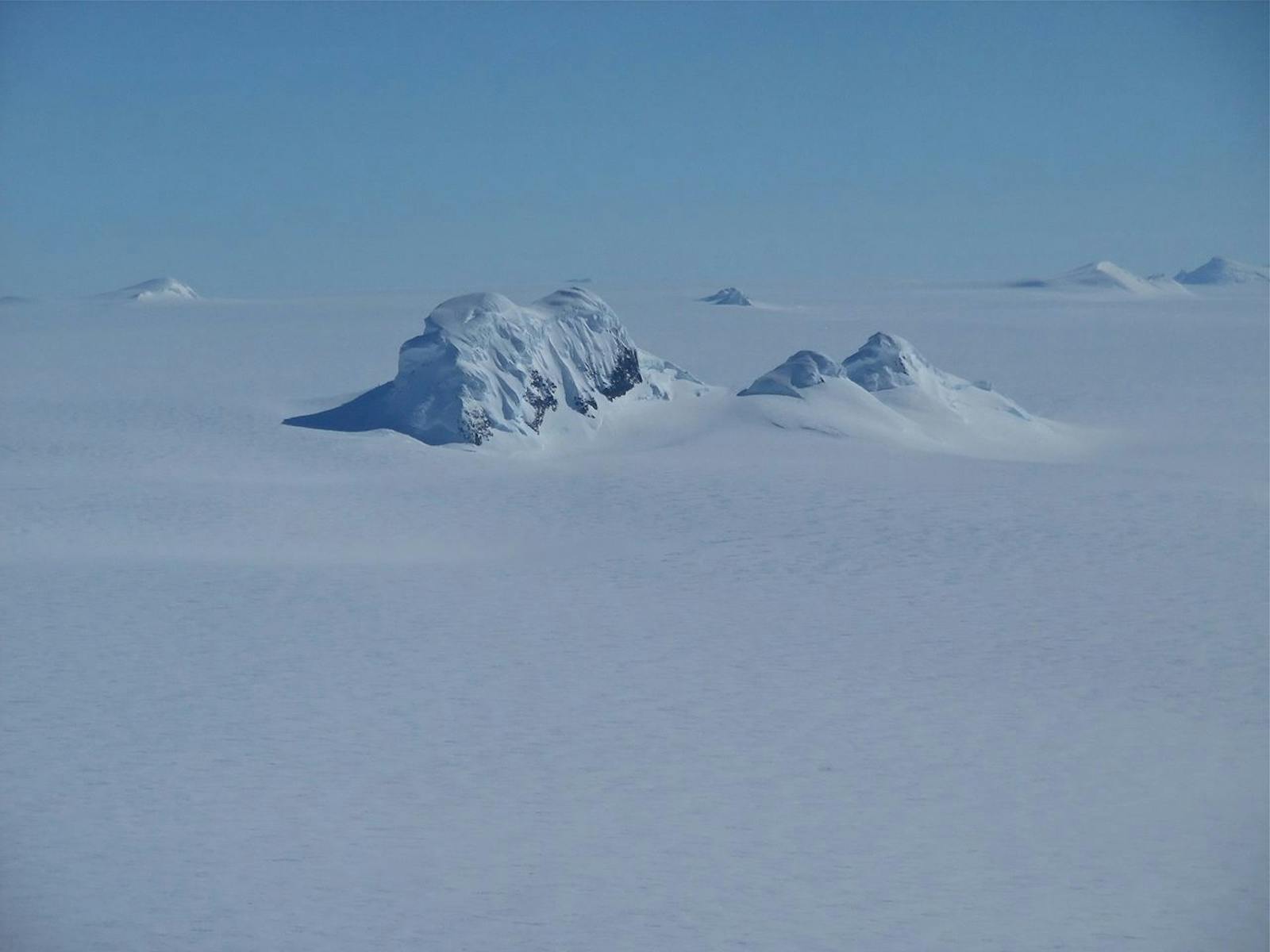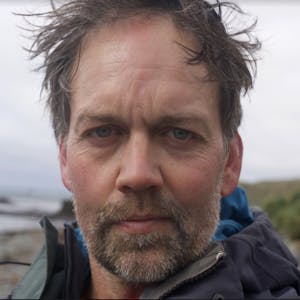Ellsworth Land Tundra
The ecoregion’s land area is provided in units of 1,000 hectares. The conservation target is the Global Safety Net (GSN1) area for the given ecoregion. The protection level indicates the percentage of the GSN goal that is currently protected on a scale of 0-10. N/A means data is not available at this time.
Bioregion: Continental Antarctica (AN1)
Realm: Antarctica
Ecoregion Size (1000 ha):
N/A
Ecoregion ID:
121
Conservation Target:
N/A
Protection Level:
N/A
States: Antarctica
The Ellsworth Land tundra is a small, remote ecoregion that is very rarely visited, and therefore very little is known about its biodiversity. It lies between the Bellingshausen and Amundsen Seas and includes the area traditionally known as Ellsworth Land, Thurston Island, and a number of small offshore islands in the Amundsen Sea. It is the second smallest continental ecoregion, with the ice-free land constituting it largely made up of patchily distributed nunataks (permanently ice-free mountain tops) and relatively small areas of connected ice-free land. It has a mean elevation of approximately 500 m and rises to a maximum height of 1,500 m inland.
In such a remote area of Antarctica, the visitation rate is very low and targeted scientific surveys are often absent. No invertebrates are recorded from the region, but this is likely to reflect a low sampling effort rather than a complete absence of these species. From the available records, plant life also appears to be relatively low diversity, with only five species of moss and 40 species of lichen recorded.

The flagship species of the Ellsworth Land Tundra ecoregion is the Usnea sphacelata (lichen). Image credit: Creative Commons
Usnea sphacelata is small, erect lichen that can be found both in Artic in the northern hemisphere and here in Antarctica in the southern hemisphere. Its bipolar distribution has caused consideration speculations, with hypothesis including continent drifts and bipolar migration of birds such as skuas. Six Adélie penguin colonies have been documented on offshore islands in the Amundsen Sea, with a total breeding population of approximately 150,000 breeding pairs. The largest of these is at Lindsay Island with an estimated 90,000 breeding pairs.
There are no permanent scientific stations, no recorded tourist visits and no Antarctic Specially Protected Areas in this ecoregion.
Given the lack of biodiversity knowledge in this ecoregion, priority conservation actions for the next decade are to: 1) conduct more ecoregion wide research, particularly in the form of targeted scientific surveys to help understand the biodiversity of this ecoregion; 2) develop and implement systematic conservation planning processes to identify candidate areas for area protection; and 3) ensure the stability and functionality of the Antarctic Treaty system to maintain overall protection of the Antarctic continent.
Citations
- Terauds, A., S. L. Chown, F. Morgan, H. J. Peat, D. J. Watts, H. Keys, P. Convey, and D. M. Bergstrom. (2012) Conservation biogeography of the Antarctic. Diversity and Distributions 18:726-741.
- Terauds, A., and Lee, J. R. (2016) Antarctic biogeography revisited: updating the Antarctic conservation biogeographic regions. Diversity and Distributions 22:836-840.
- Chown, S.L. & Convey, P. (2007) Spatial and temporal variability across life’s hierarchies in the terrestrial Antarctic. Philosophical Transactions of the Royal Society B: Biological Sciences, 362: 2307–2331.



